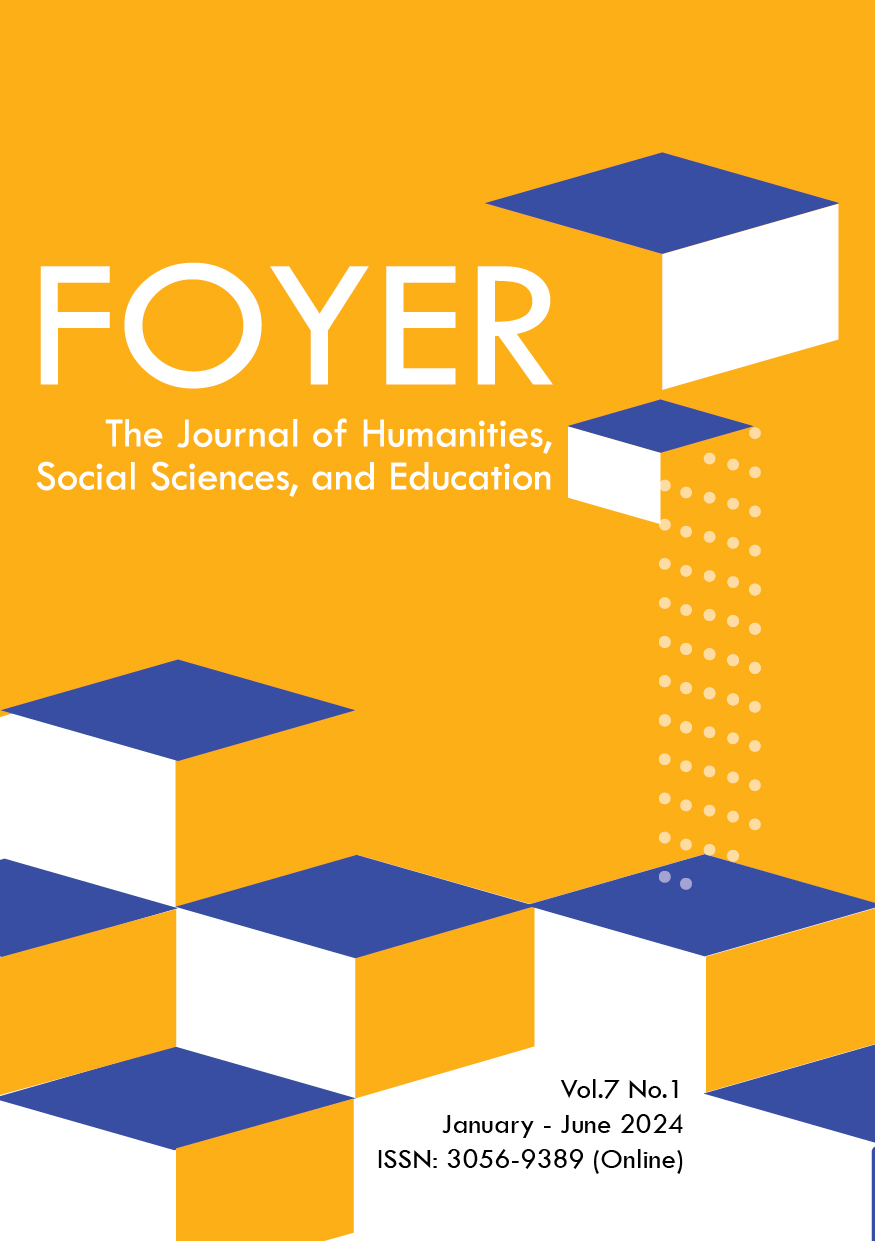Salad Dai in Thai Culture
Keywords:
salad dai, plants in Thai culture, plants and lifestyleAbstract
This article explores the salad dai plant in Thai culture. Research indicates that salad dai has been a part of Thai literature since the Ayutthaya period. Its presence is also notable in historical texts, literature, folklore, and religious architecture. This suggests a broad familiarity with and use of salad dai among the Thai people. In literature, poets reference salad dai, often with a focus on its aesthetic appeal. The plant’s name is also used in naming places, reflecting its significance in toponymy. In culinary contexts, especially in eastern Thailand, salad dai is used as a food ingredient. Traditional Thai medicine utilizes salad dai for its healing properties. Additionally, in ceremonies and rituals, it is used alongside other sacred plants like sandalwood and krissana wood in royal funerals.
References
Atchedi, A. (2007). Native Plant – Chantabun Food. Tonchabab Printing House.
Baanlaesuan. (2022). Planting Trees Along the Fence to Prevent Burglars from Entering the House. https://www. baanlaesuan.com/54270/plant-scoop/plants-prevent-thieves
Basso, K. (1996). Wisdom sits in Places. The University of New Mexico Press.
Bidyalankarana, H. H. Prince. (1952). Sam Krung. Chairit Press.
Chaichompoo, P. (2020). The Place Name: Thai Mon or Khmer Word. Ruenkaew Printing.
Children’s Lullaby and Children’s Play Song. (1957). Rungrueangtham Printing.
Dumklongton, T. (2020). Beliefs in Thai Tradition Texts of House Buildings (Tamra Pluk Ruean) Kept in the National Library of Thailand. (Master of Arts Thesis, Silapakorn University).
Komonbut, S. (2007). The Natural of Political History of the Kingdom of Siam. Sripanya.
Medthai. (2023). The Properties and the Benefit of Malayan Spurge Tree. https://medthai.com/สลัดได/
Na Nagara, P. (1973). Nirat Hariphunchai. Prachan Press.
Nimlek, S. (2012). Nopphasun or Nopphasun with doubt. Art and Culture Magazine, 13(10), 28-31.
Pholdi, O. (2002). Initial Documentation of Flora in Thailand from the Pre-Rattanakosin Era. In Chavalit, M. (Ed.), Ethnobotany in Thailand (pp.133-143). The Office of the National Culture Commission.
Phopromsi, D. (1996). An Analysis of Contents in Folksongs from Tambon Srisamrong District, Sukhothai. (Master of Education Thesis, Naresuan University).
Plainoi, S. (2018). A Plant’s Tale. Gypsy Group.
Prapasapong, B. (1999). Thai Traditional Medicine Handbook: Medical Wisdom and National Literary Heritage.Thai Language Institute, Curriculum and Instruction Development, Ministry of Education.
Raksamani, K. (2023). Persian Roses in the Land of Siam. Ratchasuda Foundation.
Smitinand, T. (2014). Thai Plant Names. Forest Herbarium, Forest and Plant Conservation Research Office, Department of National Parks, Wildlife and Plant Conservation.
Sthirakoses. (1970). Looking Back. Suksit Siam.
Testimony of the Inhabitants of the Old Capital, Testimony of Khun Luang Ha Wat and The Ayutthaya Chronicle of Luang Prasert Aksorn Niti. (1967). Klang Vidya.
Thammathibet, Prince. (2013). Kap Ho Khlong Praphat Than Thongdaeng. In Fine Arts Department, Office of Literature and History, Prachum Wannakhadi Rueang Phraphutthabat (pp.131-166). Edison Press Products Co.,Ltd.
The Royal Society. (2013). Royal Institute Dictionary in 2011. Sirivatana Interprint Public Company Limited.
Thipakorawong, Chaophraya. (1901). Royal Chronicle of Rattanakosin in the Reign of King Rama I. Bamrungnukunkit Printing House.
Downloads
Published
How to Cite
Issue
Section
License

This work is licensed under a Creative Commons Attribution-NonCommercial-NoDerivatives 4.0 International License.



